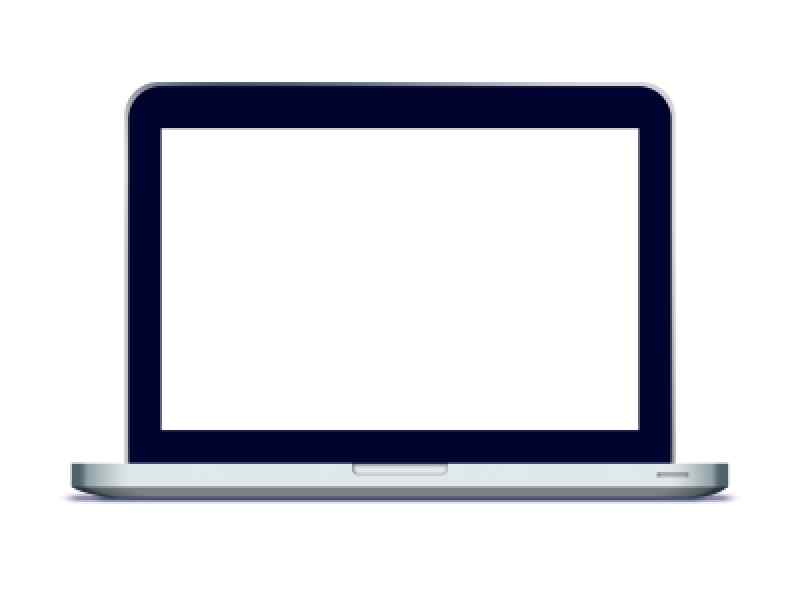Submitted by administrator on
An astonishing breakthrough in visual technology has seen the emergence of self adjusting computer displays that focus and sharpen based on the sight capabilities of the user. An American research team in California has developed prototypes of self focusing screens and plan to use them as an alternative to corrective eyewear for patients with sight problems.
The computer screen or other monitors and displays like it, have long been blamed for sight issues and headaches that occur from prolonged use. In today's technological world, the average person spends a substantial amount of time either behind a desk using one, or in their day to day personal lives with laptops and tablets. It is this reliance that might not necessarily have caused any documented cases of 'square eyes' but it may play a big part in the uptake of corrective eyewear in the form of glasses or contact lenses as we grow older and our eyes become weaker or less able. The University of California, Berkley's research team have focused on this problem and in creating self aware displays, hope to be able to offer a route of being kinder to ones eyes whilst removing the need for corrective or assisting products.
So how does it all work? Instead of using a lens to correct a persons vision as you would do with glasses or contact lenses, the displays, in essence, analyse the users eyes and display the screen at a size and clarity to suit. The screen is made up of 4 separate layers, the first being clear plastic, the second, a printed screen, followed by another clear plastic layer and finally the actual screen display itself. It is the printed screen layer that does the work for us. Light intensity is then adjusted on the screens pixels to create a unique image for that individual based on their personal visual attributes. Such a process is called deconvolution and creates a sharp, clear picture for the user without the need for external eyewear.

